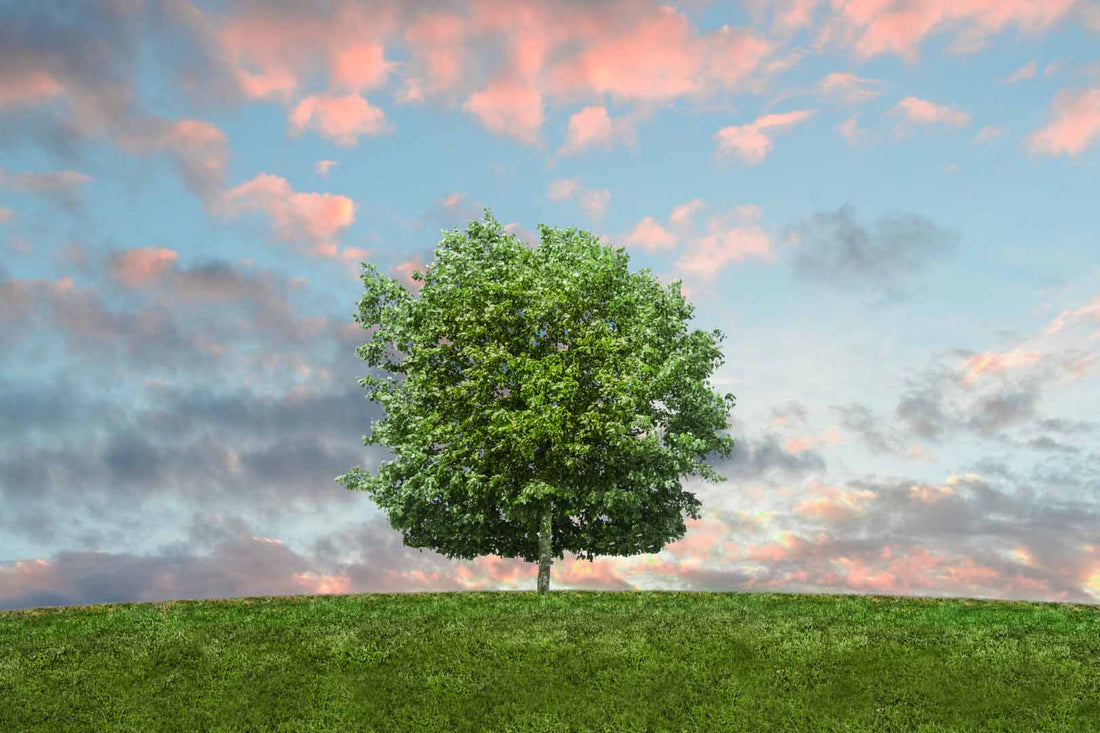Trees are the giants of the plant world, but what exactly makes them trees and how do they differ from other plants? In this article we will take a closer look at the basics of botany and discover what makes a tree different.
Anatomy of a tree: from the root system to the crown
A tree is made up of different parts, all of which play an important role in its growth and functioning. The root system anchors the tree in the soil and provides it with water and nutrients. The trunk serves as a supporting structure and transports water and nutrients between the roots and leaves. The crown, consisting of branches and leaves, is responsible for photosynthesis and enables the tree to obtain energy from sunlight.
Habitat and distribution: trees in different ecosystems
Trees are highly adaptable and are found in a wide variety of ecosystems around the world. From dense rainforests to arid deserts, trees have adapted to different climatic and soil conditions. Their distribution is closely linked to the presence of water, sunlight and other vital resources.
Benefits for people and the environment: ecological importance of trees
Trees play a crucial role in the ecological balance of the earth. They serve as habitats for numerous animal and plant species and help stabilise the soil and reduce erosion. In addition, trees are important for the global carbon cycle as they absorb carbon dioxide and produce oxygen. The importance of trees for the protection and conservation of our environment cannot be overstated.
Diversity of tree species: from conifers to deciduous trees
There are thousands of tree species in the world, native to different climates and regions. Conifers such as pines and firs retain their needles all year round, while deciduous trees such as oaks, maples and birches shed their leaves in autumn. Each tree species has its unique characteristics and properties that make it particularly suitable for its specific environment.
The cultural value of trees: symbolism and meaning
Trees have always had a special meaning in various cultures and religions. They are often seen as symbols of growth, strength, vitality and wisdom. Trees are also widely used in art, literature and mythology and serve as a source of inspiration for numerous stories and legends.
Protecting and preserving trees: challenges and solutions
Although trees are invaluable, they face many threats, including deforestation, climate change and pollution. Protecting and conserving forests is crucial to preserve the diversity of tree species and their ecological importance. Reforestation projects, sustainable forest management and environmentally conscious actions can help secure the future of trees and our environment.
Conclusion: reverence for the plant giants
Trees are more than just plants - they are the lungs of the earth, supplying us with oxygen and providing a home for countless creatures. Their beauty, adaptability and ecological importance deserve our reverence and protection. Let's continue to explore the fascinating world of trees and do our part to ensure that they remain a precious gift for generations to come.










